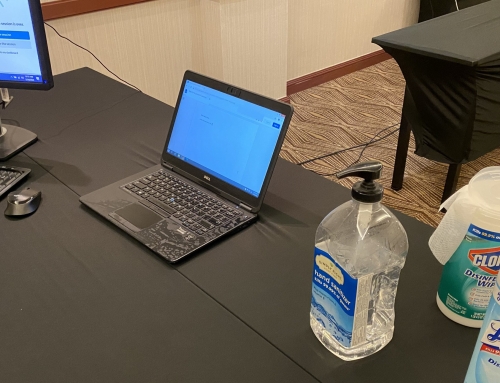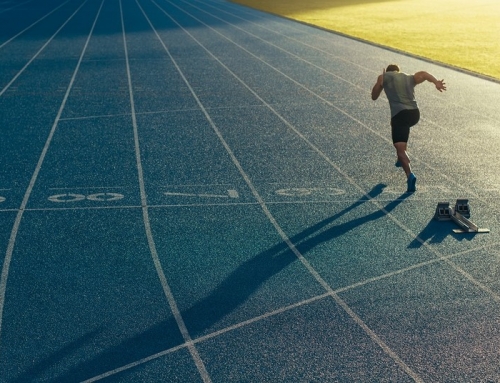Article Abstract: This article focuses on how user experience research is unique in the marketing research space and why qualitative researchers must understand the differences to succeed in usability testing.
While both marketing research and user experience (UX) research certainly add commercial value, marketing research is focused on getting the right product sold with the right branding and messaging, while UX is about making sure that the Web, mobile resource or electronic device released to the public can be used appropriately.
The official definition of usability (ISO 9241-11) is “the extent to which a product can be used by specified users to achieve specified goals with effectiveness, efficiency and satisfaction in a specified context of use.” While usability does seek to understand the target audience, the reason for that understanding is to make sure that they can use the product appropriately and will be satisfied.
When I teach UX professionals how to conduct usability testing, I frame the conversation around the knowledge that they already have about the field of UX. Though UX professionals may be more expert at the creative aspects of UX, they don’t necessarily have a strong understanding of what exactly it means to do qualitative research. However, when I teach qualitative marketing researchers how to conduct usability testing, the starting point is different. These researchers may be very skilled at qualitative techniques but they are sometimes not as well versed in UX and the nuances of usability and user interface best practices. Therefore, I start with what it means for a product to have good usability.
See full article: Lebson, Cory. “What Qualitative and UX Researchers Can Learn From Each Other.” Quirk’s Marketing Research Media (March, 2014).







